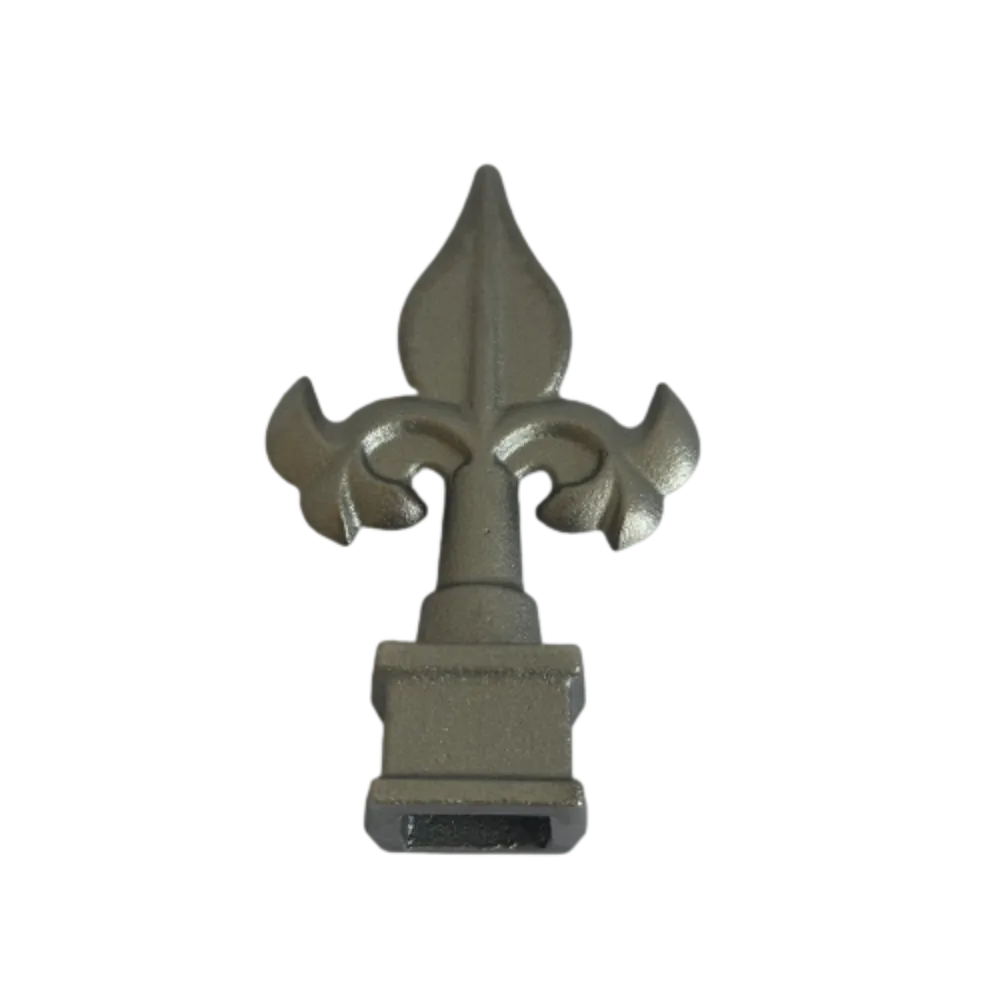Tips for Adjusting Sliding Screen Door Wheels for Smooth Operation
Adjusting Sliding Screen Door Wheels A Comprehensive Guide
Sliding screen doors are a convenient addition to any home, allowing fresh air to circulate while keeping out unwanted pests. However, like any other component in your house, they may require adjustments over time to operate smoothly. One of the crucial parts that can affect the functionality of your sliding screen door is the wheels. Understanding how to adjust these wheels can make a significant difference in the ease of operation and longevity of your screen door. This guide will walk you through the process of adjusting sliding screen door wheels.
Why Adjust the Wheels?
Over time, the wheels on your sliding screen door may become misaligned or worn due to regular use. This can cause the door to stick, jam, or not close properly. Improperly adjusted or damaged wheels can not only make using your door frustrating but can also lead to more severe issues if not addressed promptly. Adjusting the wheels ensures that the door functions correctly and provides a secure seal when closed, preventing insects from entering your home.
Tools You’ll Need
Before getting started, gather the following tools - A screwdriver (usually a flathead or Phillips, depending on your door) - A level (optional, for precision) - Lubricant (like silicone spray) - A clean cloth
Step-by-Step Adjustment Process
1. Inspect the Wheels Begin by examining the wheels closely. Look for any signs of damage or wear. If the wheels are significantly worn out, you may need to replace them entirely. If they seem fine, you can proceed with adjusting them.
2. Clean the Tracks Use a clean cloth to clear any debris from the track where the door slides. Dirt and debris can interfere with the wheels’ operation, so this step is crucial before making adjustments.
adjusting sliding screen door wheels

3. Locate the Adjustment Screws Most sliding screen doors come with adjustment screws located at the bottom of the door. You may need to remove the door from its track to access these screws. This involves lifting the door up and off the track, which can usually be done by tilting it at an angle.
4. Adjust the Wheels Using your screwdriver, turn the adjustment screws clockwise to raise the door and counter-clockwise to lower it. Make small adjustments and check the fit after each turn. The goal is for the door to be level and easily operable without dragging or wobbling.
5. Reinstall the Door Once you are satisfied with the adjustments, carefully reinstall the door back onto the track. Ensure it fits snugly and moves freely. If it still sticks, reevaluate the wheels and make further adjustments as needed.
6. Lubricate the Wheels and Track After the door is operating smoothly, apply a light coat of lubricant to the wheels and the track. This will help ensure smooth operation in the future and reduce friction.
7. Test the Door Finally, test the door several times to ensure it slides open and closed effortlessly. If you notice any sticking or uneven movement, repeat the adjustment process.
Regular Maintenance
To prevent future issues with your sliding screen door, consider incorporating regular maintenance into your routine. Periodically check and clean the tracks and wheels, and adjust them as needed. This simple practice can prolong the life of your screen door and ensure it continues to function smoothly.
Conclusion
Adjusting the wheels on your sliding screen door is a straightforward process that can significantly enhance its performance. By following the steps outlined above, you can ensure that your door operates seamlessly, allowing you to enjoy fresh air without the annoyance of pests. Regular maintenance will keep your sliding screen door in good condition for years to come, providing both comfort and convenience for your home.
-
Wrought Iron Components: Timeless Elegance and Structural StrengthNewsJul.28,2025
-
Window Hardware Essentials: Rollers, Handles, and Locking SolutionsNewsJul.28,2025
-
Small Agricultural Processing Machines: Corn Threshers, Cassava Chippers, Grain Peelers & Chaff CuttersNewsJul.28,2025
-
Sliding Rollers: Smooth, Silent, and Built to LastNewsJul.28,2025
-
Cast Iron Stoves: Timeless Heating with Modern EfficiencyNewsJul.28,2025
-
Cast Iron Pipe and Fitting: Durable, Fire-Resistant Solutions for Plumbing and DrainageNewsJul.28,2025
-
 Wrought Iron Components: Timeless Elegance and Structural StrengthJul-28-2025Wrought Iron Components: Timeless Elegance and Structural Strength
Wrought Iron Components: Timeless Elegance and Structural StrengthJul-28-2025Wrought Iron Components: Timeless Elegance and Structural Strength -
 Window Hardware Essentials: Rollers, Handles, and Locking SolutionsJul-28-2025Window Hardware Essentials: Rollers, Handles, and Locking Solutions
Window Hardware Essentials: Rollers, Handles, and Locking SolutionsJul-28-2025Window Hardware Essentials: Rollers, Handles, and Locking Solutions -
 Small Agricultural Processing Machines: Corn Threshers, Cassava Chippers, Grain Peelers & Chaff CuttersJul-28-2025Small Agricultural Processing Machines: Corn Threshers, Cassava Chippers, Grain Peelers & Chaff Cutters
Small Agricultural Processing Machines: Corn Threshers, Cassava Chippers, Grain Peelers & Chaff CuttersJul-28-2025Small Agricultural Processing Machines: Corn Threshers, Cassava Chippers, Grain Peelers & Chaff Cutters












